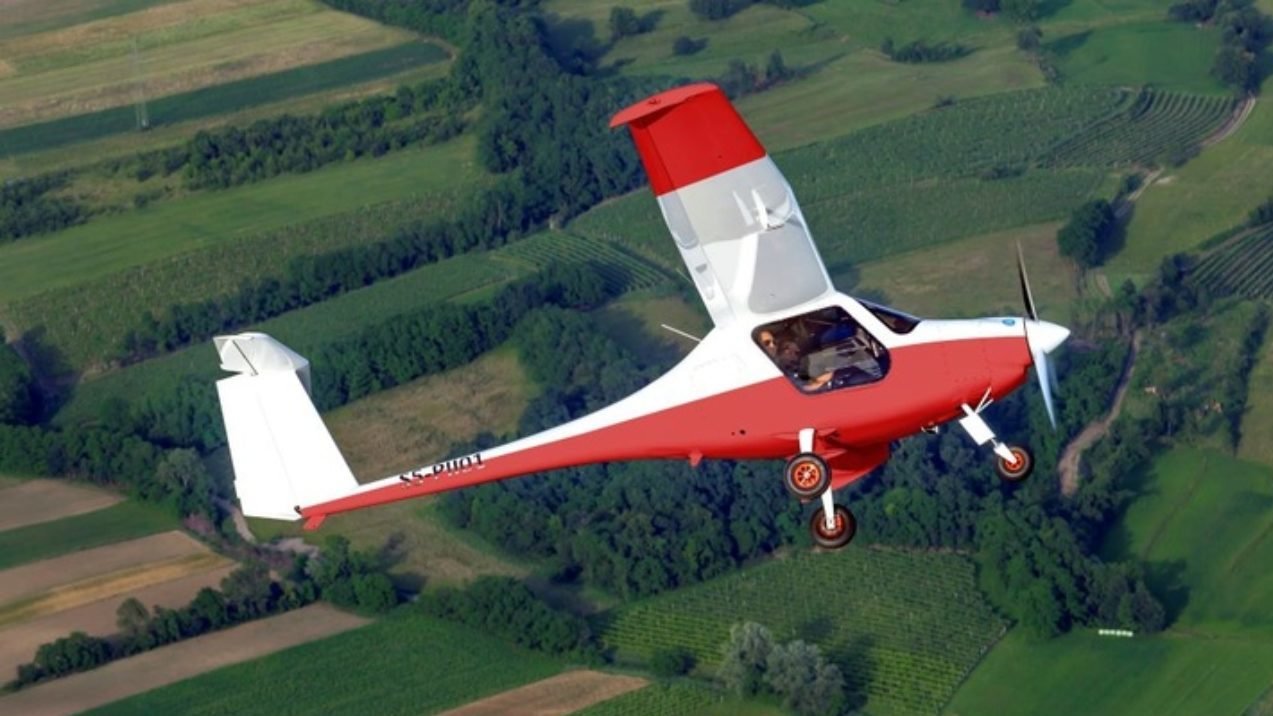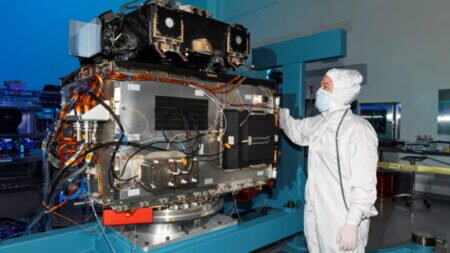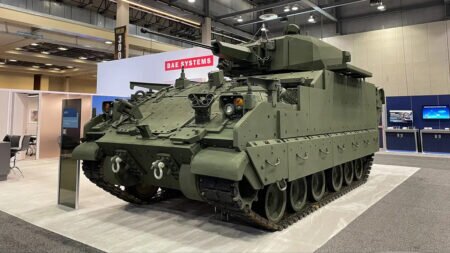BAE Systems and Pipistrel Aircraft have announced plans to collaborate on the development of solutions for the defence and security market, including the application of electric aircraft.
The collaboration will see BAE Systems applying its expertise in advanced military aircraft together with Pipistrel’s leading position in electrically powered aircraft, to explore the development of light-weight sustainable aircraft.
Electric-powered aircraft are one way that international Air Forces are looking to reduce carbon emissions, not only because they are more environmentally friendly than traditionally powered equivalent aircraft but they also deliver significantly reduced running costs.
Ian Muldowney, Chief Operating Officer, BAE Systems Air, said:
“We’re excited to be working with Pipistrel as a well-known leader in the light aircraft space, specialising in electric power. This is an opportunity to help evolve the range of products and services we can offer to our customers who are responding to rapidly changing defence and security priorities.
“While operational capability will always be the priority in defence, we know that solutions that are sympathetic to the environment are becoming increasingly important and our collaboration with Pipistrel presents a fantastic opportunity to leverage our joint expertise.”
Ivo Boscarol, founder and CEO of Pipistrel Aircraft, said:
“To address climate change, an unprecedented application of zero-emission technologies is necessary, especially in aviation. We welcome BAE Systems’ initiative to embrace cutting edge and type-certified electric propulsion technologies that are already deployed in our Velis Electro. As we look into the future, we are excited about this collaboration, bringing enhanced potential for an even greater product.”
The collaboration with Pipistrel is the latest commitment to sustainable aviation by BAE Systems, supporting its strategy to accelerate sustainable technology development through increased investment in research and development, as well as working with industry partners, small and medium-sized enterprises and academia.









